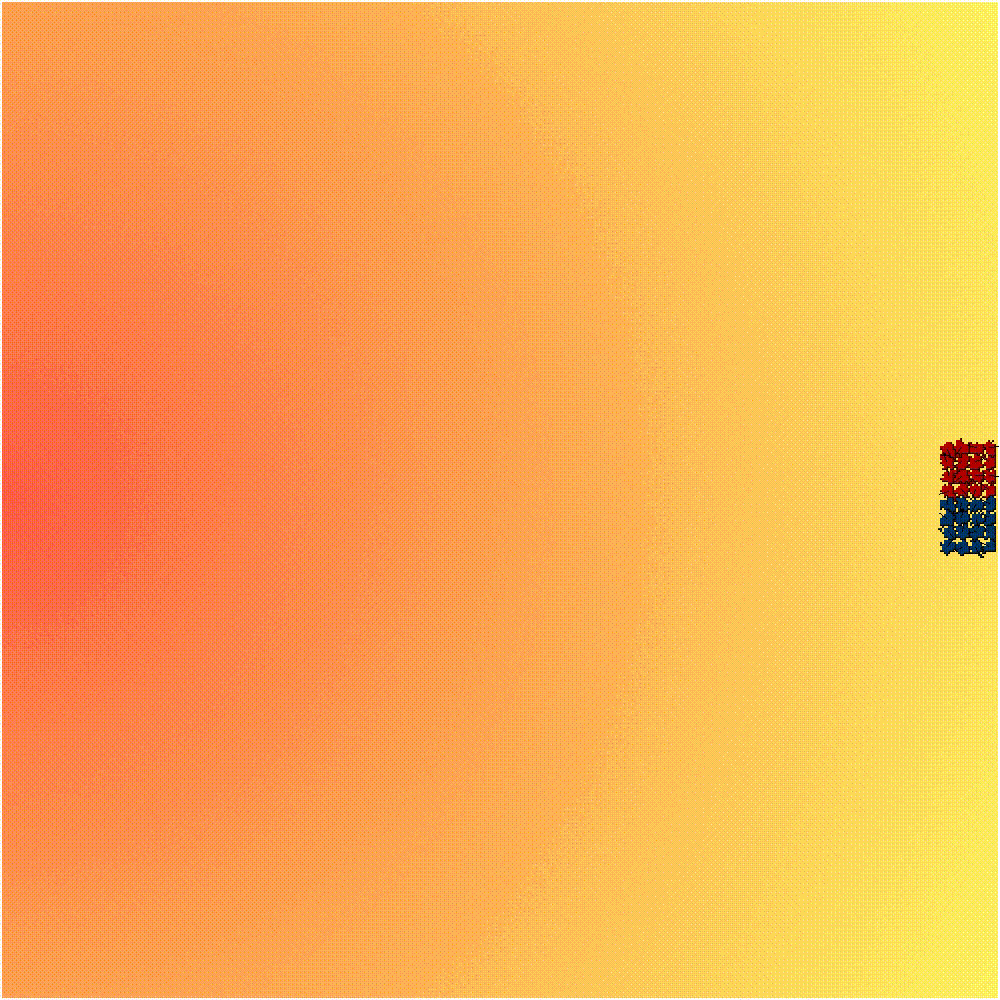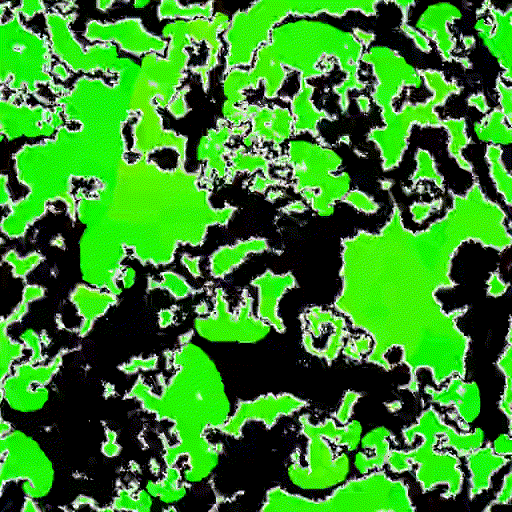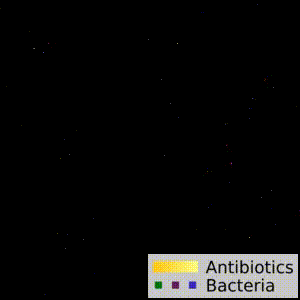
About
I am a theoretical biologist interested in the evolution of novelty. Since 2025, I am a tenured scientist (Charge’ de recherche) at INRIA, Lyon, working in team BioTiC.
In the period 2021 – 2025, I was a research associate at the Sainsbury Laboratory, University of Cambridge (UK).
I like to think of life as organised into many interconnected levels: complex reaction networks make cells, many cells make organisms, organisms interact and form ecosystems. My main research question is: How did this multi-level complexity evolve?
To answer this question I develop mathematical models of evolution. My research focuses on three topics: the Origin of Life, microbial eco-evolutionary dynamics, and the transition to multicellularity.
I am also interested in the evolution of development. On this topic, you can see the webpage of my collaborator Renske Vroomans.
Here is a popular science video introducing my latest research on the evolution of multicellularity:
Microbial evolution
Microbes are an endless trove of mesmerising complexity and evolutionary ingenuity. From bacteria that decide how to divide labor by literally chopping off pieces of their genome, to cooperative microbes that thrive better when cooperation is more costly, passing by yeasts (and likely most eukaryotes) with dramatic genome acrobatics, there is something to learn wherever you look. Find out more.
Evolution of multicellularity

Almost all the Life that we can see with our eyes – elephants, ants, sequoias and truffles – is made up of an astronomical number of cells. Every cell performs a function, and the combination of these functions allow the organism to find resources, eat, reproduce and fend off pathogens. All multicellular life has evolved from single-cell microbes. How did these microbes live in their ecosystem? What environment selected them to become multicellular? How did the evolve to become so complex? Find out more.
Origin of Life and prebiotic evolution

The cell is the fundamental unit of life. Cells appeared on Earth about 4 billion years ago. They likely evolved from simpler organisations of molecules. I am working on figuring out what evolutionary paths led to the massive increase in complexity of these early molecules – ultimately turning them into modern cells. Find out more.
